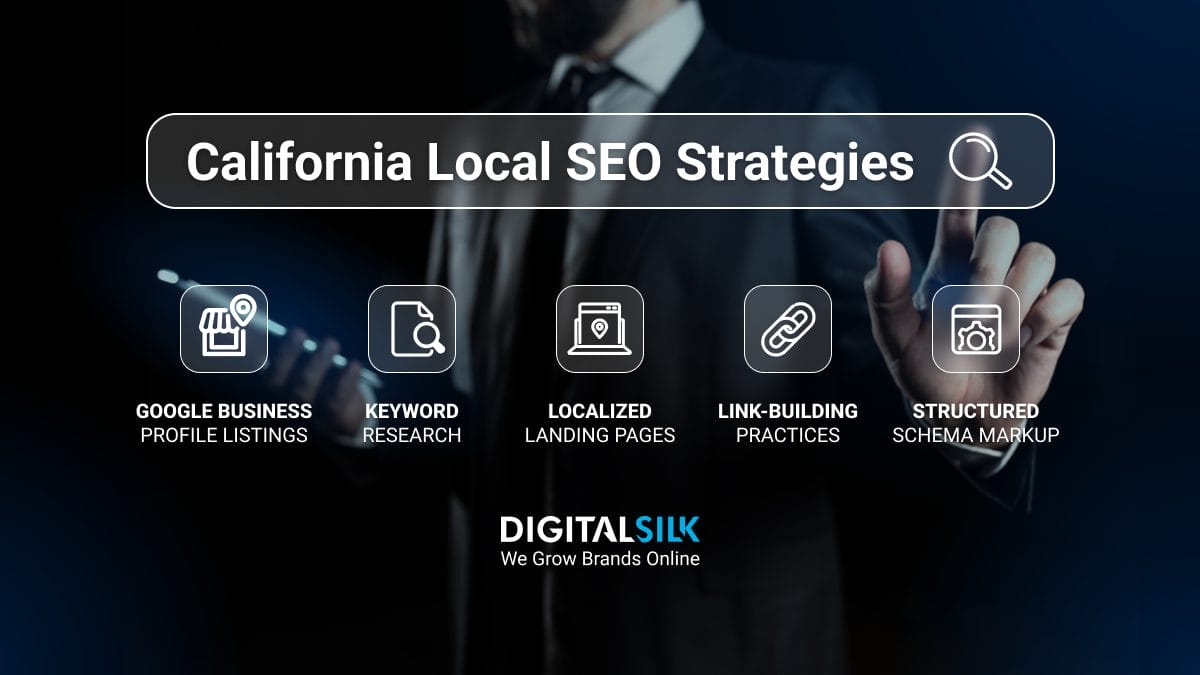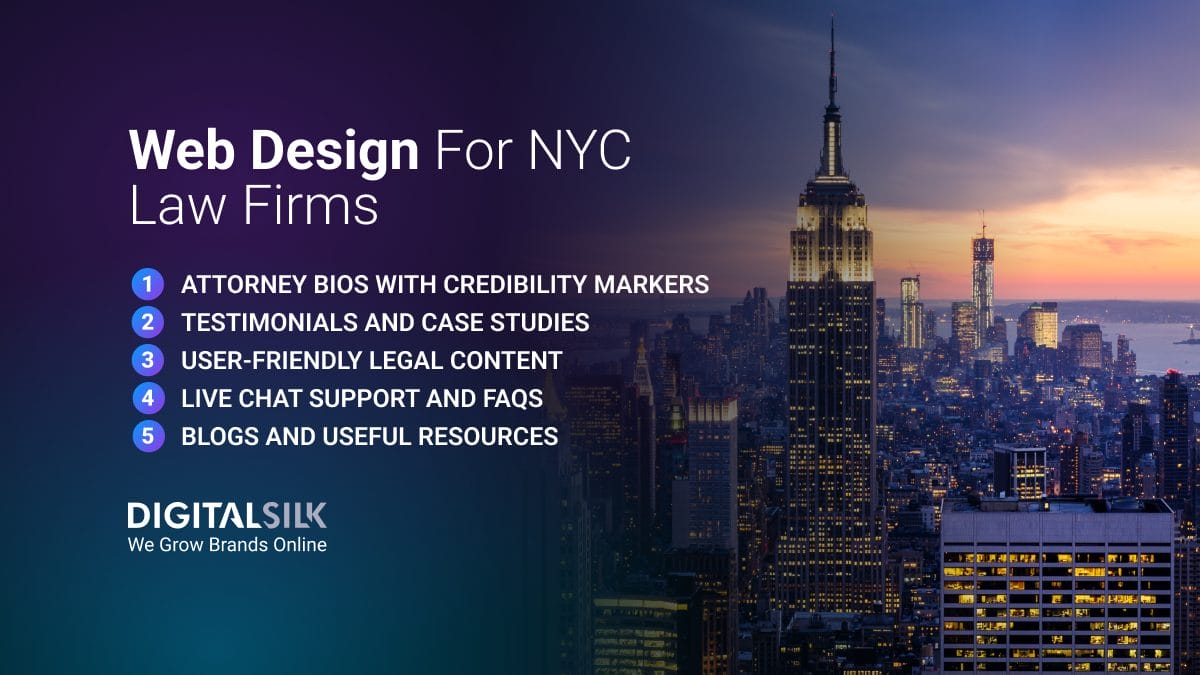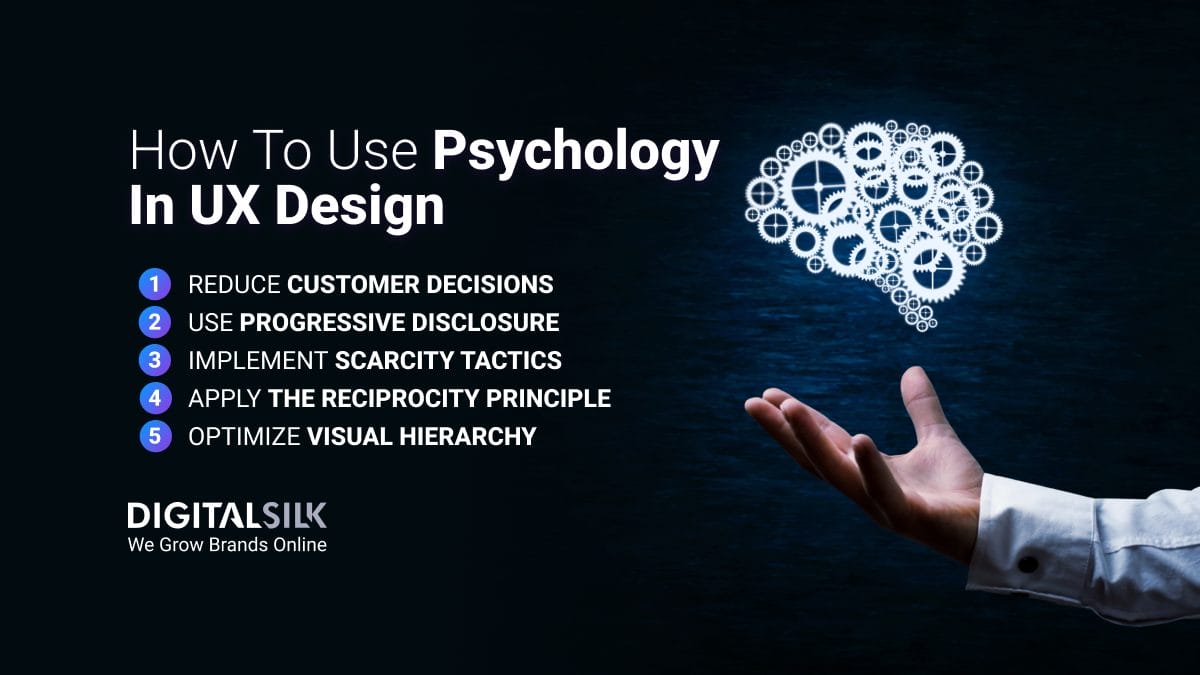SEO Vs. PPC For Law Firms: Key Highlights
-
SEO builds trust: SEO strategies attract high-quality leads and steadily lower acquisition costs through lasting visibility.
-
PPC delivers quick results: PPC campaigns generate instant traffic and high-intent leads, but only while ad spend continues.
-
Hybrid strategies win: Combining both channels ensures consistent lead flow and long-term brand authority.
When 57% of consumers start their search for legal representation online, visibility on page one of Google can mean the difference between a signed client and a missed opportunity.
Yet not all visibility is equal — SEO builds authority and trust over time, while PPC buys instant clicks that disappear the moment you stop paying.
Below, we’ll expand on the SEO vs. PPC for law firms debate by comparing the core features, implementation timeline and conversion effectiveness to help you determine the most profitable path forward for your firm.
SEO Vs. PPC For Law Companies: When Do You See Results?
Time equals money for law firms, particularly when investing in digital marketing strategies.
With marketing budgets dropping from 9.1% to 7.7% of total revenue in 2024, the ROI timeline for different approaches directly impacts how you allocate your resources and when you can expect to see tangible returns.
SEO ROI: Strategic Growth With Long-Term Results
SEO isn’t an overnight success story — most legal practices see noticeable improvements within three to six months of implementing a well-executed SEO strategy.
However, achieving top rankings and substantial results typically requires six months to a year of consistent effort.
This extended timeline exists because SEO combines multiple factors, including:
- Building domain authority through quality content creation
- Earning backlinks from reputable legal sources
- Optimizing technical aspects of your website
- Establishing local SEO presence through Google Business Profile
For law firms, this translates to sustained visibility, lower long-term client acquisition costs and stronger lead quality — without paying for every click.
Once you achieve first-page rankings, SEO becomes a high-yield, low-maintenance asset that compounds value each quarter.
PPC ROI: Immediate Results But Short-Lived Impact
While SEO follows a gradual growth curve, PPC delivers instant visibility for law firms in competitive markets.
Upon launching a PPC campaign, your firm can appear at the top of search results, capturing the attention of potential clients actively seeking legal services.
This immediacy is particularly beneficial for firms aiming to promote new practice areas or target specific geographic markets.
However, it’s important to recognize that this visibility is directly tied to your advertising spend — once the campaign ends, so does the traffic and lead flow.
Moreover, achieving high ROI with PPC requires continuous optimization and testing.
Campaigns often undergo a learning phase before yielding optimal results, which includes ongoing adjustments to ad copy, targeting and bidding strategies.
Despite the ability to drive clicks quickly, the average bounce rate for paid search ads is 43.9% — signaling that nearly half of those clicks may not result in meaningful engagement or ROI.
| Feature | SEO | PPC |
| Time To See Results | 3-12 months | Immediate |
| Visibility | Sustained | Temporary |
| Best For | Long-term growth | Instant impact |
Strategic Takeaway For Law Firm Professionals
These timeline differences bet become complementary rather than competitive.
PPC provides immediate visibility during the critical period when SEO is still gaining momentum.
Many successful firms adopt a hybrid approach, using PPC for short-term client acquisition during the 6-12 months while SEO builds organic presence.
The investment timeline decision ultimately depends on your firm’s immediate needs and long-term growth strategy.
PPC offers fast results at a premium price, while SEO delivers substantial value that builds over time.
Cost Structures: Fixed SEO Investment Vs Variable PPC Spend
Understanding the financial framework behind digital marketing helps law firms allocate resources effectively.
While both SEO and PPC require investment, their cost structures operate on fundamentally different models.
SEO Costs: Monthly Retainers And Content Creation
Search Engine Optimization typically operates under a fixed investment model, most often structured as a recurring monthly retainer.
This predictable approach allows firms to confidently plan ahead, as deliverables are tied to an ongoing strategy involving content creation, technical refinement, backlink acquisition and performance reporting.
The key financial advantage of SEO lies in its compounding nature. As your rankings improve and your visibility stabilizes, the cost per lead tends to decrease over time.
Rather than paying for each individual visitor or inquiry, you’re investing in long-term visibility that continues to generate value — even when you’re not actively spending more.
However, SEO is not a one-time project. It requires consistent refinement to keep up with evolving algorithms and shifting consumer behavior.
Legal practices that treat SEO as a static, upfront expense often struggle to maintain momentum, while those committed to long-term optimization benefit from increasingly efficient lead generation.
PPC Costs: Cost-Per-Click And Bid Management
Unlike SEO’s predictable monthly structure, PPC follows a variable spending model where you pay for each click your ad receives.
You should consider this continued cost in your budget allocation, with the average cost-per-click for legal services in the U.S. coming in at $4.26 in December 2024.
PPC expenses are heavily influenced by practice area competitiveness, geographic targeting and ad quality score.
In high-stakes fields like personal injury or corporate law, competitive bidding environments can significantly raise acquisition costs.
As digital ad spending continues to soar — projected to reach $870.85 billion globally by 2027 — legal marketers can expect increasing competition and rising costs across paid search platforms.
As a result, you should prioritize data-driven marketing strategies and agile campaign management to stay competitive, control acquisition costs and maximize return on every ad dollar spent.
Beyond per-click costs, PPC expenses include:
- Management fees when working with an agency
- Bid adjustment costs when competition increases
- Conversion optimization expenses
Hidden Costs: PPC Click Fraud Vs. SEO Algorithm Volatility
Beyond direct expenses, both strategies carry hidden costs that can significantly impact your marketing ROI.
For PPC campaigns, click fraud poses a substantial threat — where competitors or bots repeatedly click your ads without intention to convert — which can rapidly drain your budget.
SEO faces its own hidden cost — Google’s algorithm updates, which can dramatically affect rankings overnight, potentially requiring substantial investment to recover.
The March 2024 update, for instance, placed even stronger emphasis on high-quality, in-depth content and user experience metrics.
While PPC offers more predictable immediate expenses, SEO provides greater cost stability despite occasional algorithm-related fluctuations.
| Feature | SEO | PPC |
| Cost Structure | Fixed investment model | Variable spending model |
| Cost Per Lead | Decreases over time | Influenced by competition |
| Budget Allocation | Ongoing strategy investment | Continued cost consideration |
| Nature | Compounding | Competitive |
Strategic Takeaway For Law Firm Professionals
For firm leaders managing growth and profitability, the real question isn’t how much SEO or PPC costs — but how those costs behave.
SEO offers operational predictability and scales efficiently over time, while PPC demands flexible capital and delivers only as long as you feed it.
Smart firms treat SEO as a depreciating asset that compounds value and PPC as a variable expense best deployed for time-sensitive campaigns or competitive surges.
To maximize ROI, align each model to its function — reserve PPC for strategic pushes and build SEO into your firm’s core infrastructure for sustainable, cost-effective lead generation.
Lead Quality And Conversion Rates: Which Channel Delivers Better Clients?
Beyond budget considerations, the true measure of any marketing strategy lies in the quality of leads it generates.
For law firms, understanding which marketing channel delivers better-quality clients often makes the difference between a thriving practice and wasted marketing resources.
SEO Traffic: Trust-Driven Leads With Long-Term Value
Clients who find you through organic search are typically in the early stages of their legal journey, but that doesn’t make them low-quality.
On the contrary, this audience is actively researching options and evaluating credibility.
Organic listings on Google’s first page command high authority, with top-ranking organic results driving a 27.6% click-through rate.
Since a mere 9% of users ever scroll to the bottom of the first page on Google Search, your organic rankings directly impact conversion rates and revenue.
That visibility translates into more than just clicks — it drives qualified engagement.
In fact, 52.6% of traffic to law firm websites comes from organic searches, which makes it the most valuable traffic channel by volume.
This traffic typically consists of users in the research phase who are:
- Exploring options thoughtfully
- Seeking educational content about their legal situation
- Likely to engage with multiple pages on your site
- More inclined toward long-term client relationships
SEO builds sustainable brand awareness through content that establishes your firm as a thought leader in your practice area.
While these visitors may take longer to convert, they often become higher-value clients with stronger loyalty to your practice.
PPC Traffic: High-Intent But Lower Trust
PPC does offer granular targeting capabilities that SEO simply can’t match.
You can precisely target specific audience demographics, locations and search terms, allowing you to reach potential clients based on detailed criteria that align with your ideal client profile.
Users clicking on paid ads typically demonstrate higher immediate intent since they’re often ready to take action rather than just researching their options.
As such, PPC is particularly effective for capturing clients at the decision stage of their legal journey.
The conversion metrics support this — paid search ads for legal services achieve an average conversion rate of 5.64%, with a click-through rate of 5.30%, underscoring PPC’s ability to drive action when user search intent is high.
This advantage comes with a significant drawback — paid ads are generally perceived as less trustworthy than organic results.
Even though your firm appears at the top of search results through PPC, many prospective clients simply scroll past these ads in favor of organic listings.
That initial credibility gap can impact retention and downstream conversion quality.
For firms that rely heavily on reputation, this creates a trade-off between speed and perceived authority.
Strategic Takeaway For Law Firm Professionals
Not all leads are created equal — and neither are the channels that drive them.
SEO delivers informed, research-driven prospects who convert at higher rates and are more likely to become long-term clients.
PPC brings speed and volume, particularly from high-intent searchers, but often requires more effort to establish trust and qualify leads.
The most effective firms align each channel to its strength — using PPC to target urgent, high-value cases, while using SEO to build a consistent pipeline of high-quality, brand-aligned clients.
When combined strategically, both channels ensure your firm captures opportunity at every stage of the client journey.
Performance Tracking And ROI Attribution
How do you know if your marketing resources are actually generating quality leads for your law firm?
Measuring success in digital marketing demands robust tracking systems that accurately attribute leads to their sources.
Beyond different results, SEO and PPC fundamentally differ in how these results are measured and valued.
PPC: Real-Time Analytics And Direct Attribution
One of the core advantages of PPC is the speed and clarity it brings to performance measurement.
With real-time access to data, your firm can see exactly which ads, keywords and landing pages are driving results — within hours of launch.
This level of transparency allows for agile decision-making and precise budget allocation based on what’s actually converting.
For law firms investing in paid search, the most valuable KPIs typically include engagement metrics like click-through rates, conversion actions — including form fills, phone calls or chats— and cost-per-acquisition.
More importantly, PPC platforms enable firms to quickly identify underperforming campaigns and reallocate spend toward the highest-impact opportunities.
This is particularly effective when testing new practice areas or competitive geolocations where rapid insights are critical.
SEO: Multi-Touch Attribution And Long-Term Value
Unlike PPC, SEO performance is built over time and measured across multiple client interactions.
Success in organic search often involves a more complex attribution model, as legal clients tend to research, compare and revisit firms before initiating contact.
SEO’s value becomes more apparent over the long term — contributing to visibility, brand credibility and sustained lead flow that doesn’t rely on continuous ad spend.
The right measurement strategy focuses on how organic users interact with your site over time:
- Are they engaging with high-intent content?
- Are they returning?
- Are those visits eventually leading to consultations or retained clients?
Tracking this broader journey provides a more realistic view of SEO’s impact on pipeline growth and client acquisition.
| Feature | PPC | SEO |
| Measurement | Real-time analytics and direct attribution | Multi-touch attribution and value |
| Data Access | See which ads, keywords or pages drive results | Track organic user interactions over time |
| KPIs | Engagement metrics, conversion actions | Visibility, brand credibility, sustained lead flow |
| Optimization | Quickly identify underperforming campaigns | Long-term sustainability |
Tools For ROI Tracking: Google Ads Vs Google Search Console
Each strategy requires specific tools for effective measurement and optimization.
Google Ads provides clear metrics for PPC campaigns, including cost per click, quality score and conversion data. These insights help optimize campaigns for better performance and ROI.
Google Search Console offers valuable data for tracking SEO performance, showing both how your chosen keywords perform and what terms users actually typed to find your site.
You can identify top-performing pages and content, which helps inform future content strategy decisions for your law firm.
Combining both tools with Google Analytics creates a comprehensive view of your marketing effectiveness, allowing you to make informed decisions about budget allocation between SEO and PPC.
This integrated approach ensures you’re getting the most complete picture of how potential clients find your firm online.
Strategic Takeaway For Law Firm Professionals
Effective marketing isn’t just about spending — it’s about clarity.
PPC offers fast, actionable insights for immediate optimization, while SEO requires a broader view to capture long-term value across the client journey.
Firms that build unified tracking across both channels gain a competitive edge: faster pivots, smarter allocation and measurable impact tied directly to growth.
This data isn’t just a dashboard, but an actionable roadmap to scalable ROI.
Blended Strategy: How SEO and PPC Work Together For Maximum ROI
For forward-thinking law firms balancing both strategies, the core differences between become complementary rather than competitive.
Combining these strategies allows you to leverage their signature strengths while offsetting their individual limitations.
1. Using PPC To Test Keywords For SEO
Want to discover which keywords actually convert before investing months in SEO campaigns?
PPC offers an immediate testing ground for keyword performance that can directly inform your long-term SEO strategy.
Instead of waiting months to determine if certain terms deliver results organically, you can test them through paid ads and gather actionable data within days.
This strategic approach offers two significant advantages:
- You immediately identify which keywords convert potential clients into consultations
- You avoid investing months of SEO effort and resources into underperforming terms
For instance, if “child custody lawyer in Phoenix” generates high conversion rates in your PPC campaigns while “family attorney Arizona” underperforms, you can confidently build your SEO content strategy around these proven performers.
This data-driven method ensures your content creation budget targets terms with demonstrated client acquisition potential.
2. Dominating SERP Real Estate With Both Strategies
In a market with over 436,000 law firms in the U.S., visibility alone isn’t enough — dominance matters.
When your law firm appears in both paid and organic listings for the same search terms, you create a commanding presence that significantly increases visibility and trust.
This dual visibility creates what marketers call the “halo effect” — potential clients see your firm multiple times on the same results page, strengthening brand recognition and perceived authority in your practice area.
By occupying both the paid ad space at the top and achieving high organic rankings further down, you increase trust among potential clients searching for legal representation.
3. Budget Allocation: 70/30 Or 50/50 Split?
How should you divide your digital marketing budget between these complementary strategies?
You could implement either a 70/30 or 50/50 distribution between SEO and PPC. The optimal ratio depends on your specific goals and market position:
A 70/30 split between SEO and PPC (70% SEO for long-term growth, 30% PPC for immediate visibility) works well for firms prioritizing long-term growth while maintaining immediate visibility in search results.
Alternatively, some legal marketers recommend a 50/50 split, particularly when launching new practice areas or entering highly competitive markets.
Most importantly, these strategies should be implemented simultaneously rather than sequentially.
SEO builds sustainable visibility and authority while PPC delivers immediate leads during the critical months when organic rankings are still developing.
This complementary approach ensures consistent lead flow while building long-term digital assets, especially since 81% of global advertising spend is expected to come from digital channels by 2030.
Digital Silk’s Law Firm SEO And PPC Strategy Examples
Digital Silk delivers comprehensive digital marketing strategies for law firms of all sizes and specialties, combining in-depth industry research with proven SEO and PPC expertise.
Whether targeting high-intent leads or improving online visibility, we tailor each solution to meet the unique needs of legal practices.
1. Law Offices Of Spar & Bernstein
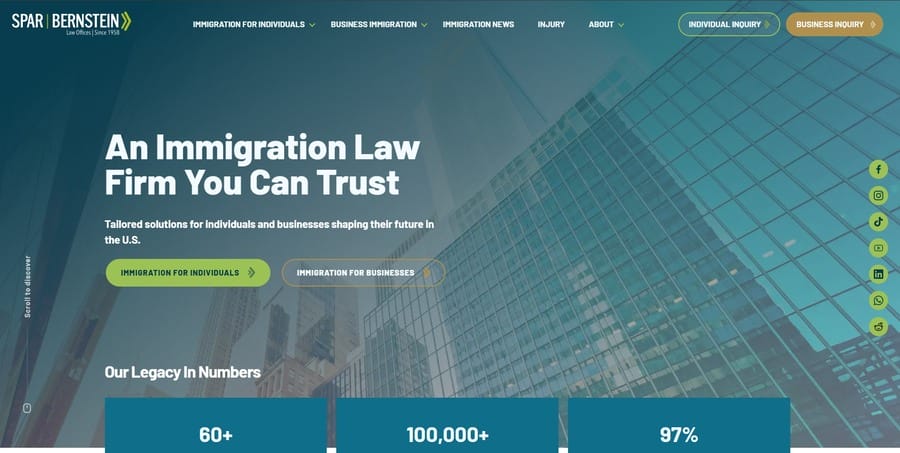
Digital Silk developed a custom SEO strategy for the Law Offices of Spar & Bernstein (LawSB) to overcome limited online visibility and intense keyword competition.
We significantly improved their search performance by implementing comprehensive keyword optimization, enhancing content for relevance and engagement and applying advanced technical SEO practices.
As a result, LawSB achieved a 14x increase in organic traffic, a 3x boost in domain ranking and secured top 10 search positions for competitive legal keywords like “Immigration lawyer” and “Refugee lawyer.”
2. Sobo & Sobo
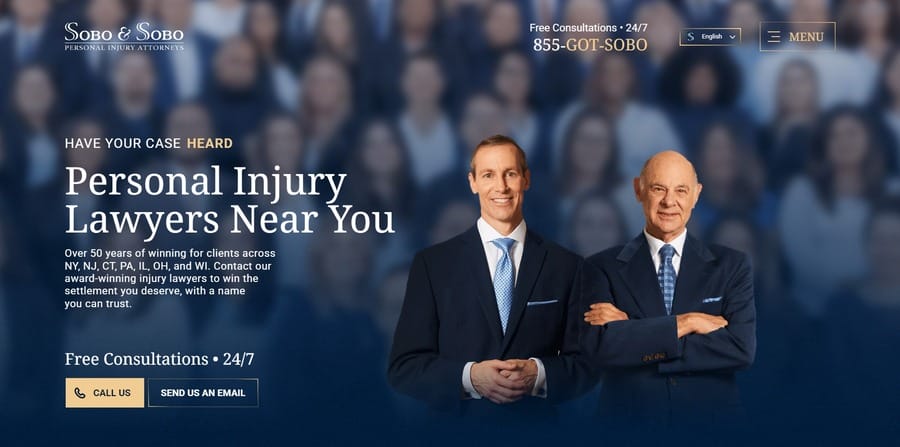
Digital Silk executed a full-funnel PPC overhaul for Sobo & Sobo, targeting inefficiencies in keyword use, limited campaign reach and disconnected tracking.
By streamlining over 8,000 keywords, personalizing geo-targeted campaigns and integrating Google Ads and HubSpot, we improved both performance visibility and lead quality segmentation.
Within just 90 days, this strategy delivered a 430% return on media spend (ROMS), reduced acquisition costs by 280% and laid the groundwork for scalable, high-value lead generation.
Maximize SEO And PPC Results With Digital Silk
The SEO vs. PPC for law firms debate is a strategic decision that guides your digital marketing efforts.
While PPC delivers immediate visibility with precise targeting capabilities, SEO builds lasting authority and generates significantly higher-quality leads over time.
Forward-thinking law firms recognize these strategies work best as complementary forces rather than competing alternatives.
But neither one can yield tangible results if not executed properly.
Digital Silk’s experienced team handles all your digital marketing needs under one roof — including SEO, paid search, social media and email marketing — using data-driven and research-backed strategies.
As a full-service web design agency, our services include:
Have an SEO or PPC project in mind?
Contact our team, call us at (800) 206-9413 or fill in the Request a Quote form below to schedule a consultation.
"*" indicates required fields




